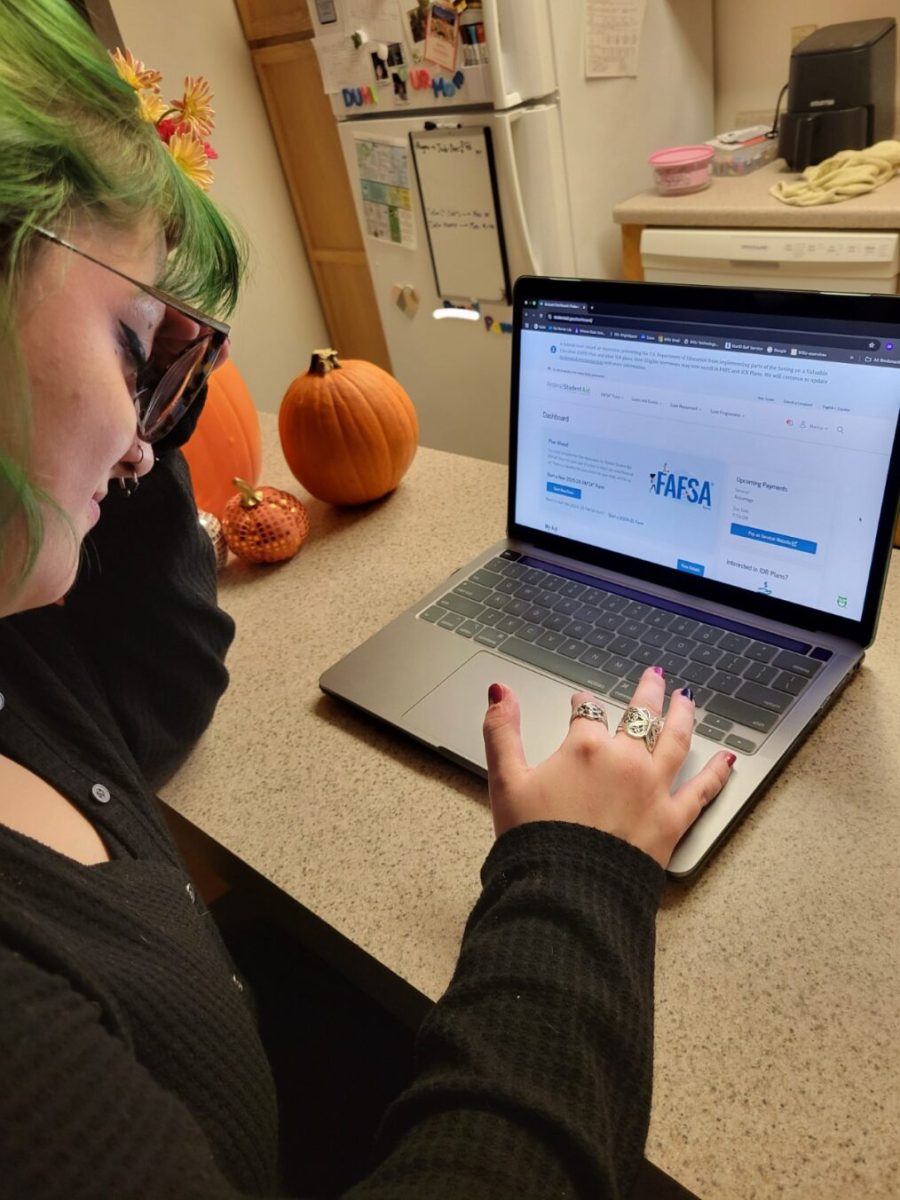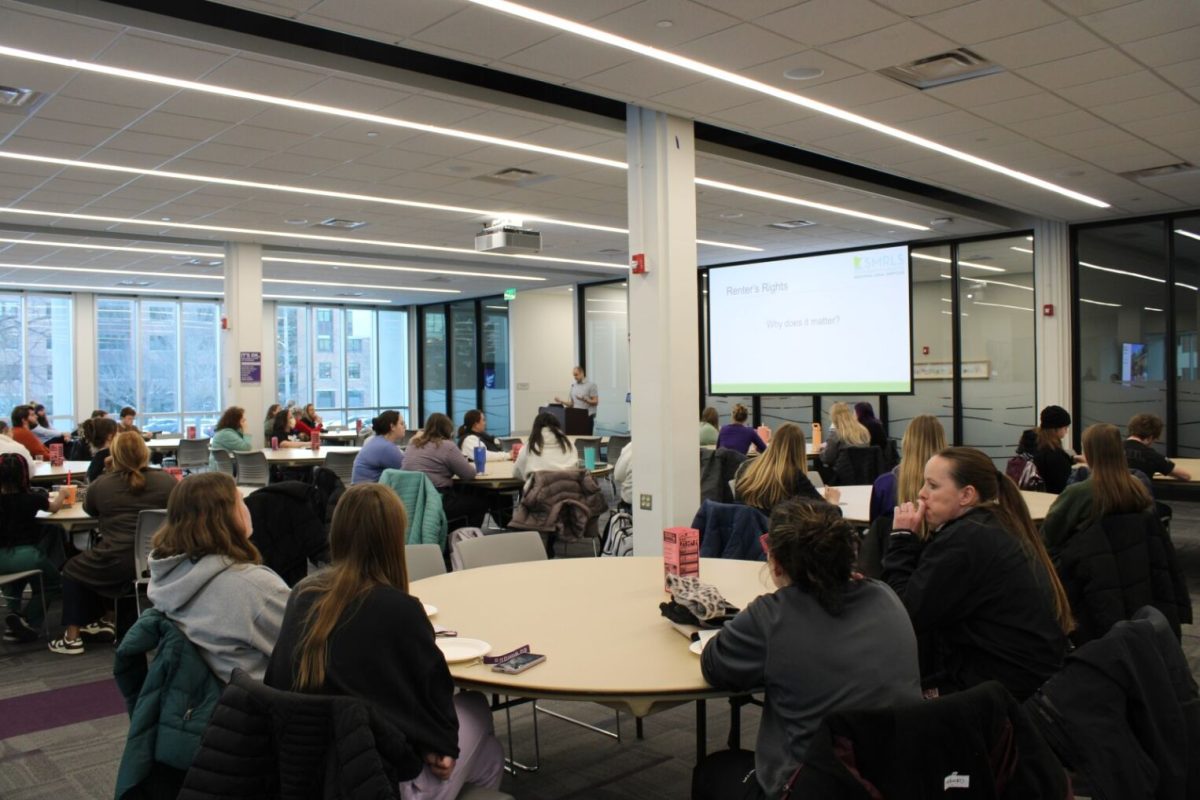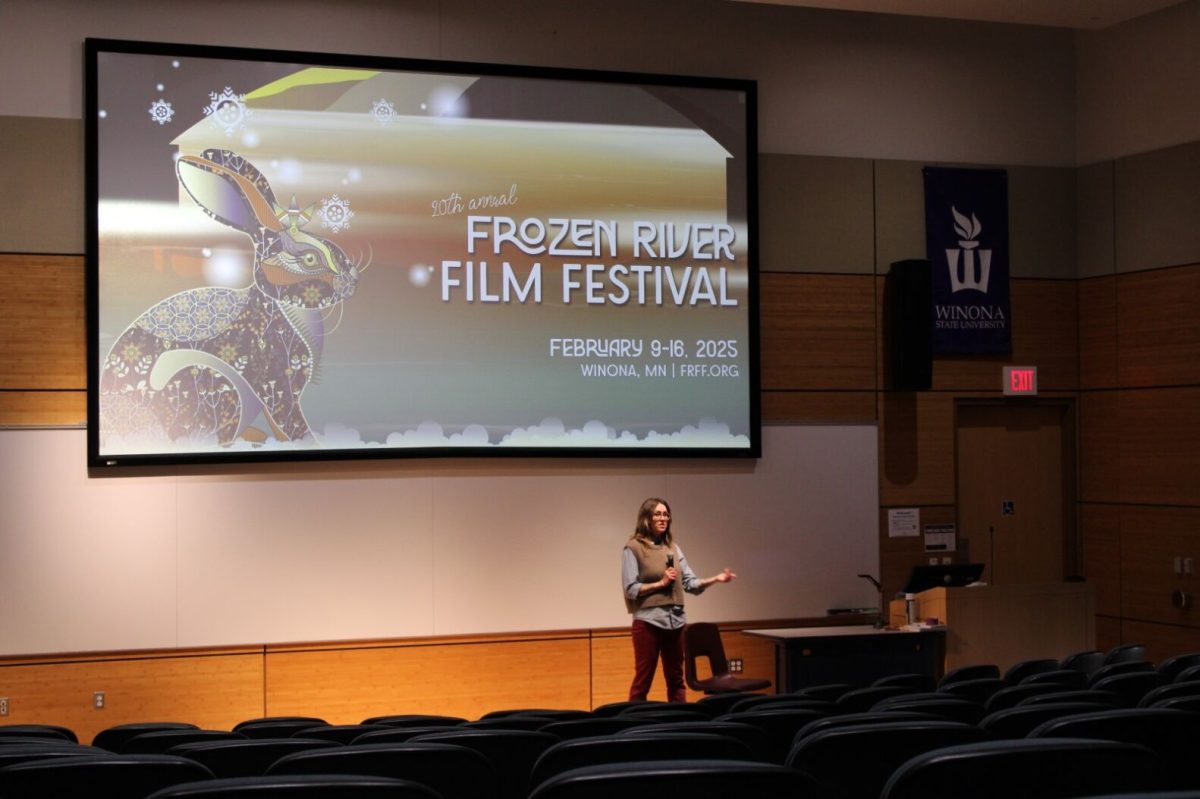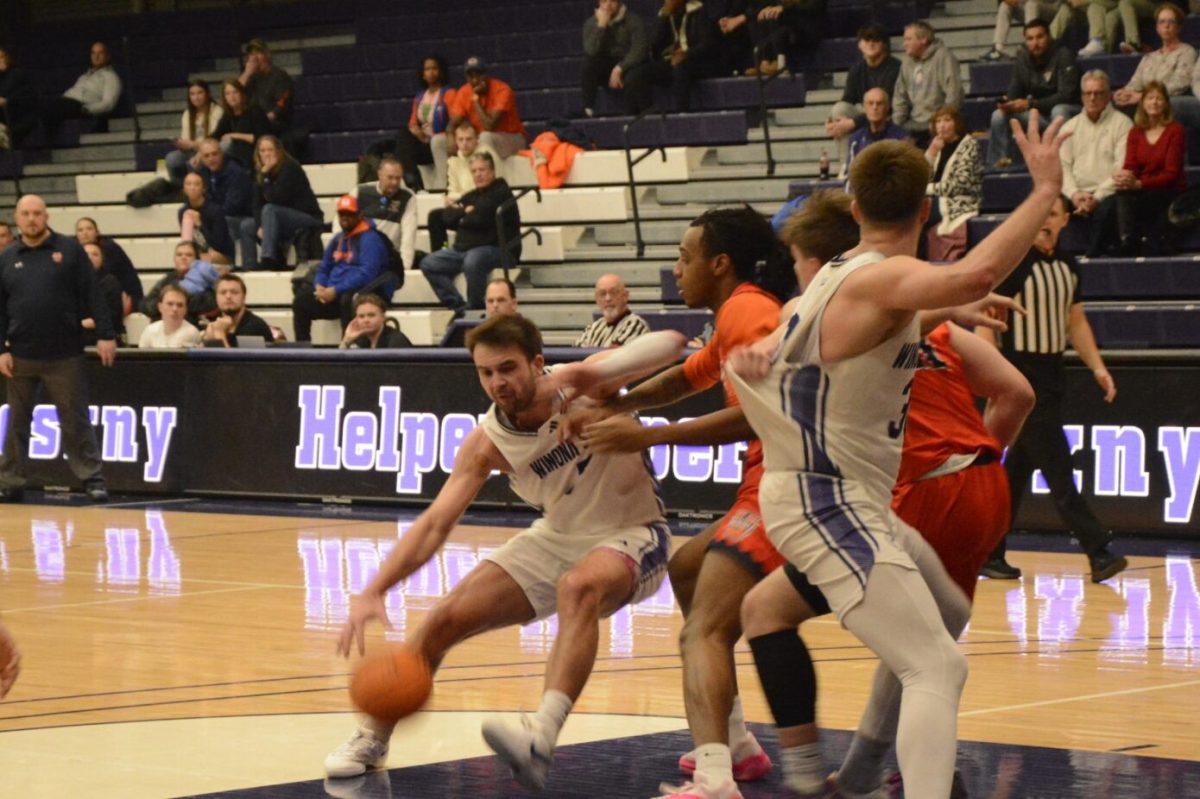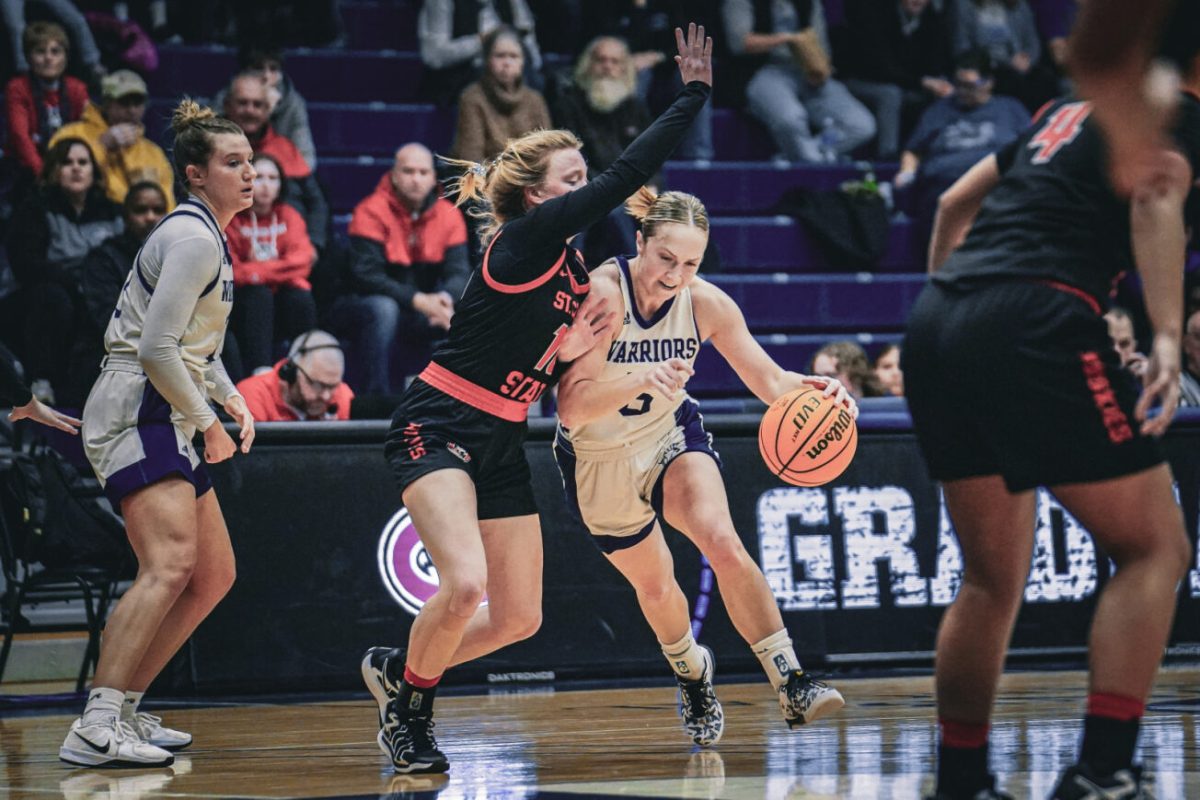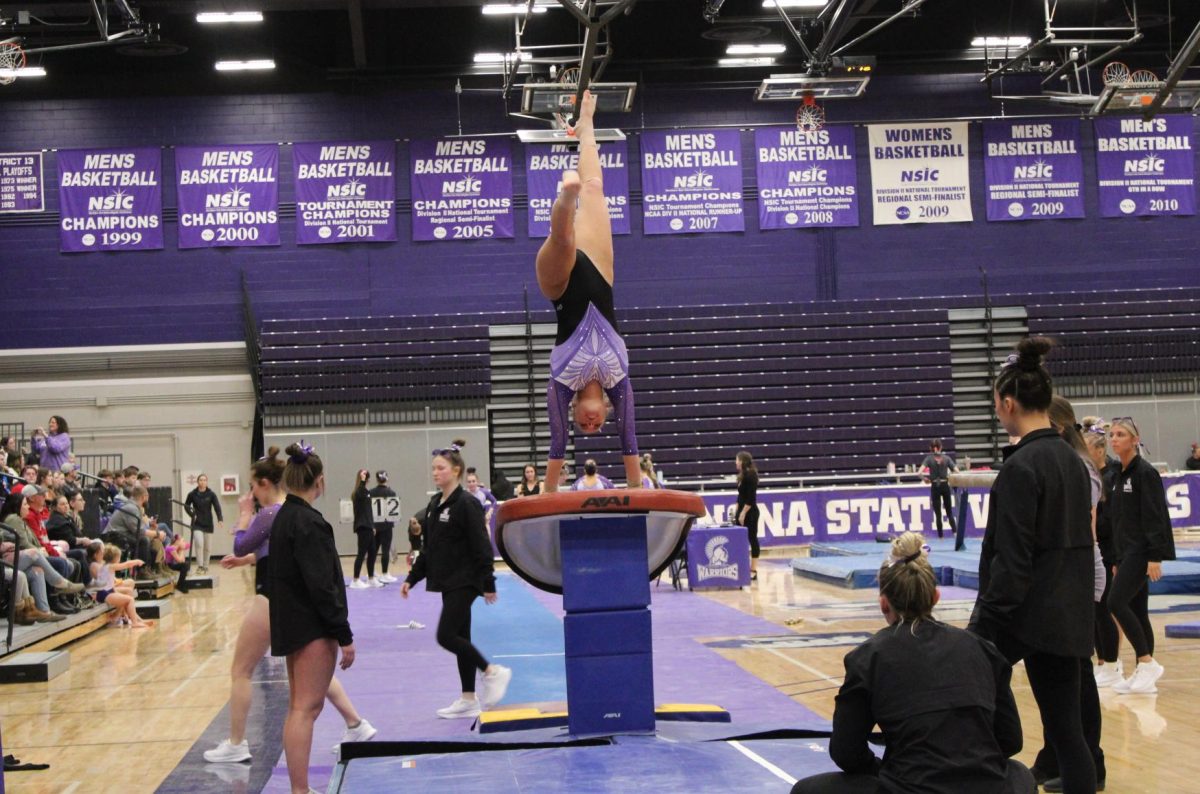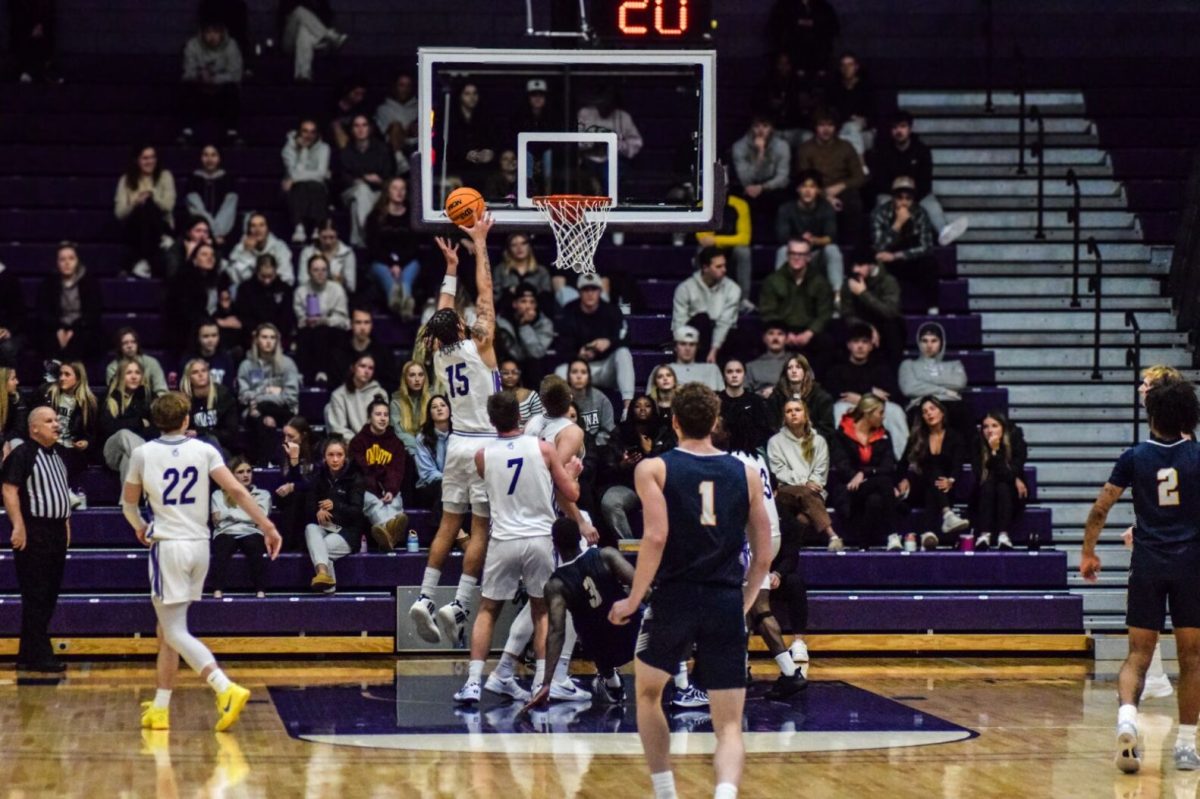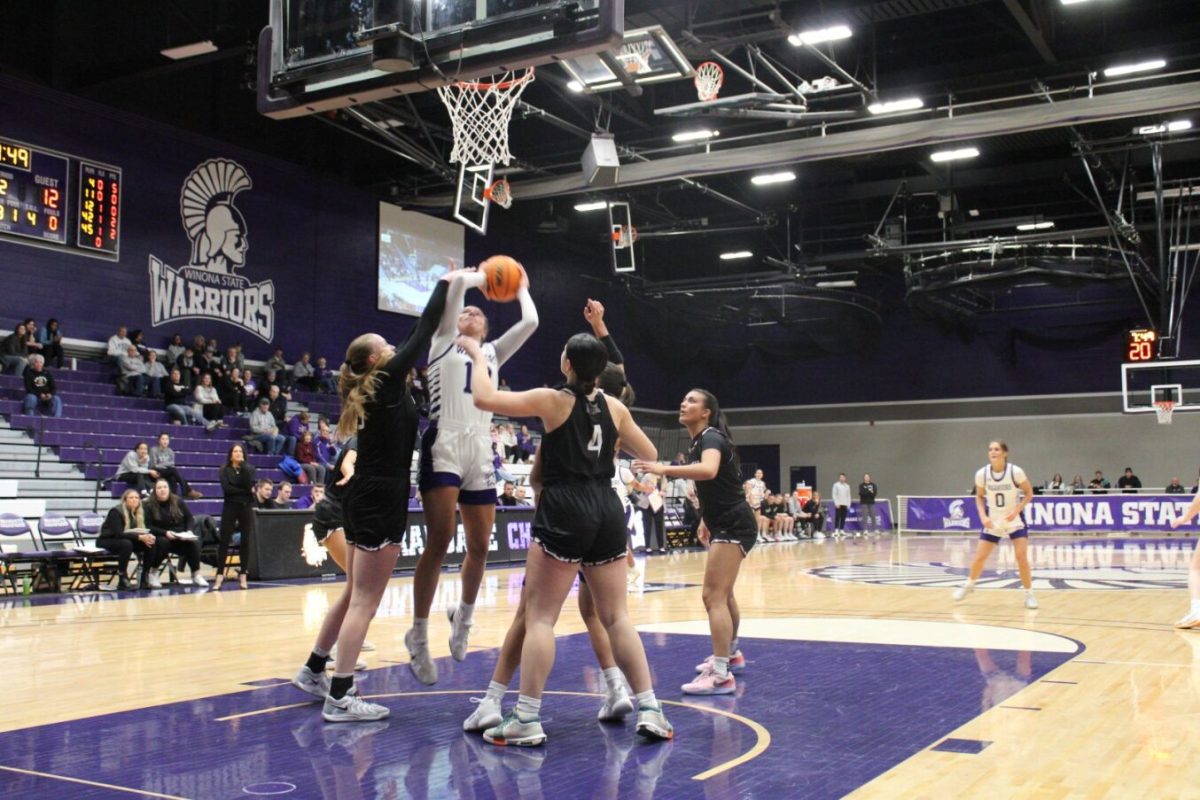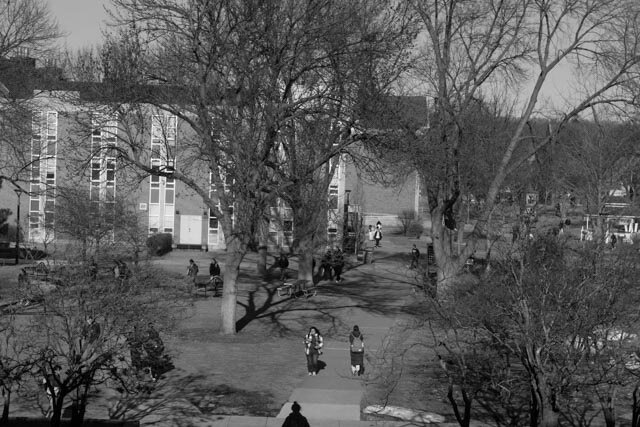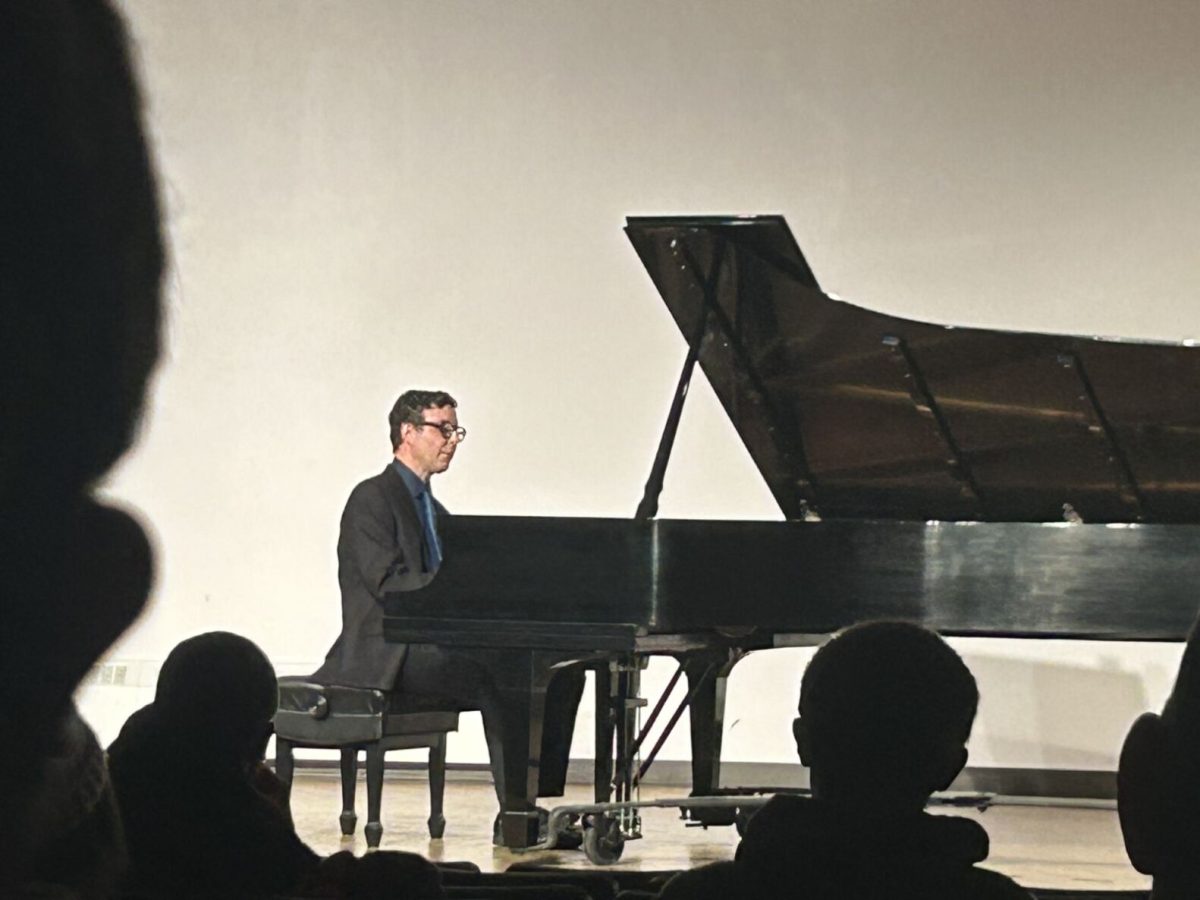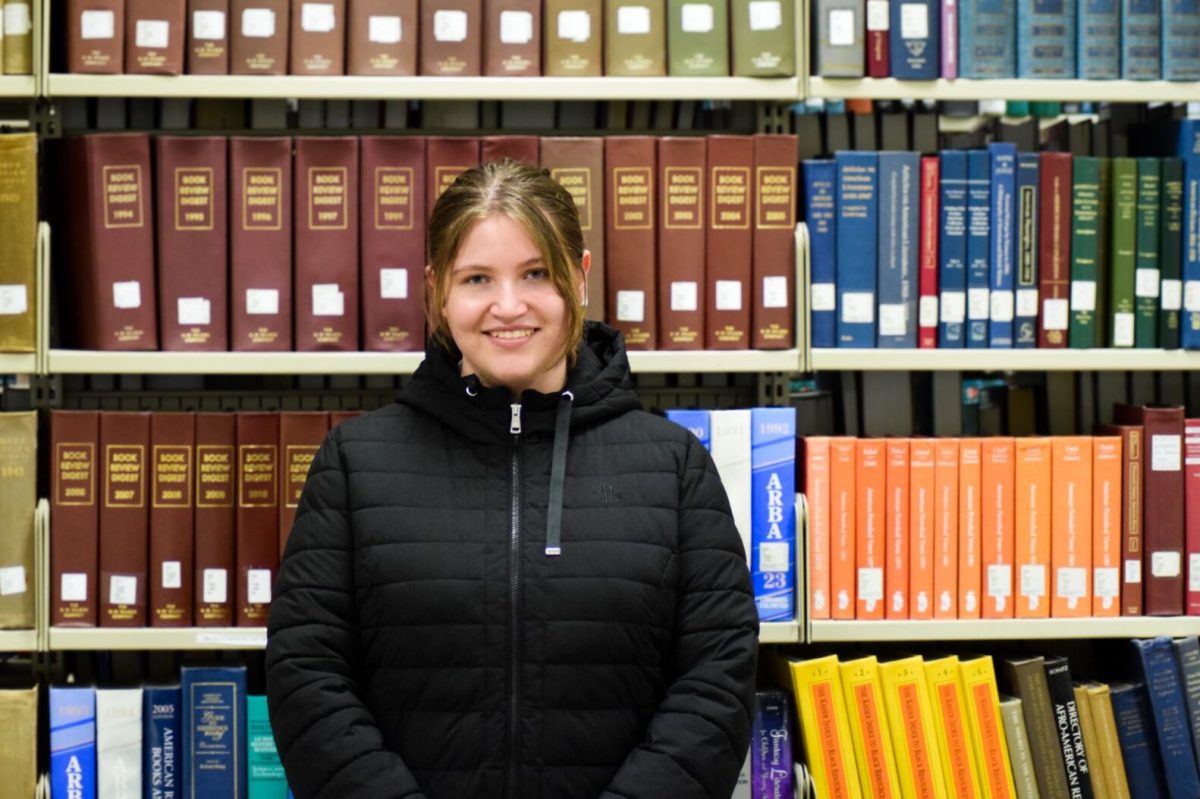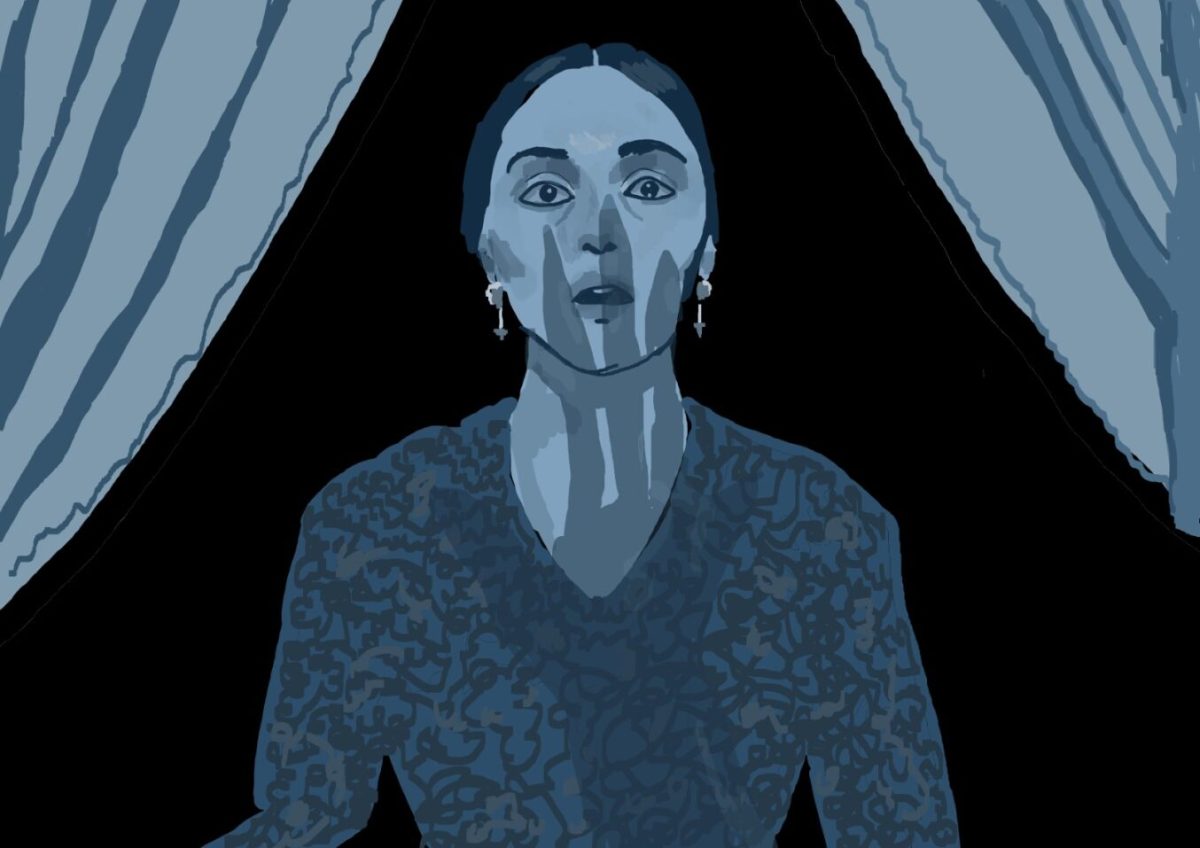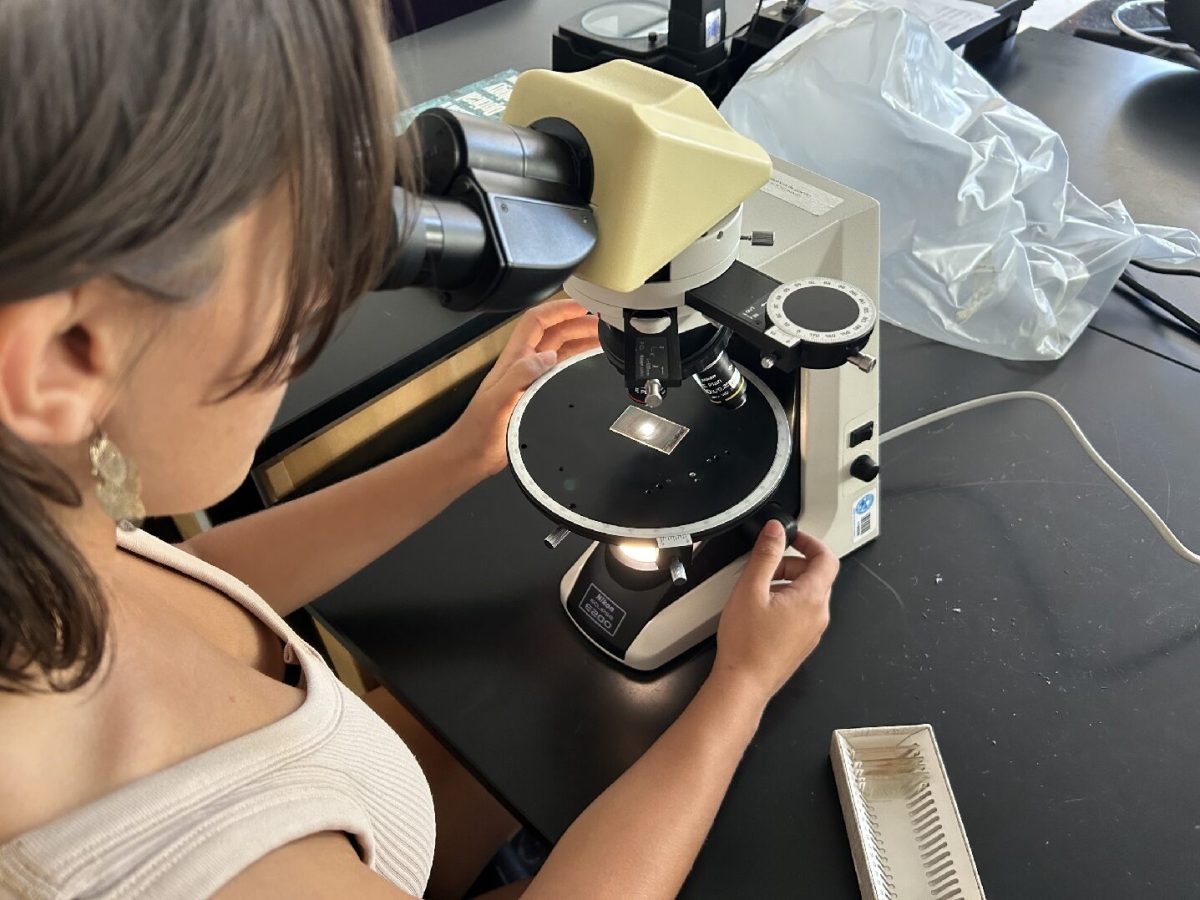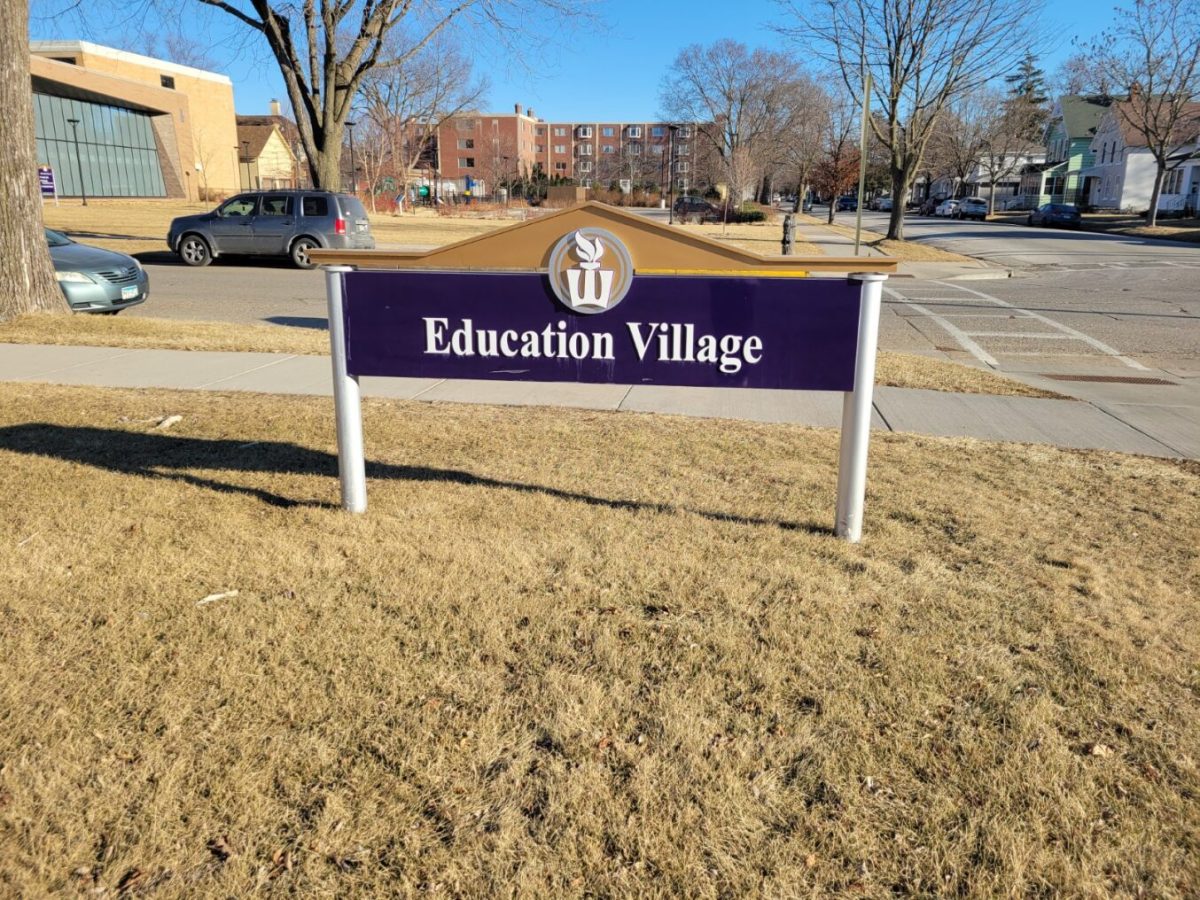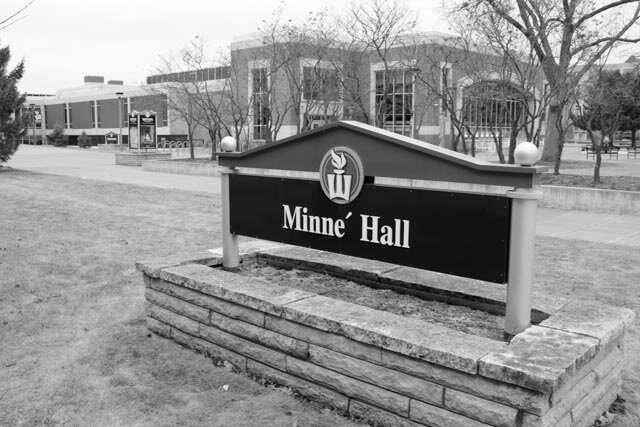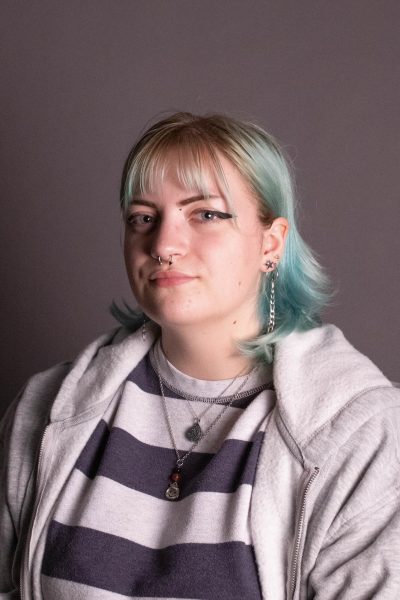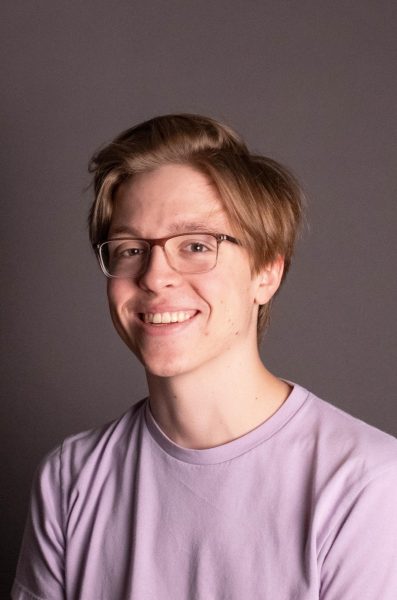Among the many Science, Technology, Engineering, and Mathematics (STEM) programs available at Winona State University, the most discussed one is Nursing. Nursing, a woman dominated field, is one of the most sought-after majors at Winona State. However, there are many STEM majors at Winona State that don’t have the same reputation as nursing for being woman dominated.
Winona State may be a woman dominated school with a 66.8% female population versus a 33.0% male population according to 2021 data released by Winona State. However, this split does not extend to the College of Science and Engineering. At a glance, Winona State is female dominated, but stepping foot into the Science Laboratory Center (SLC), it is hard to find that fact to be true.
Many women in the College of Science and Engineering have a class, or several, where they are one of very few women, if not the only woman. At Winona State there are things in place to help support women in STEM, like scholarships and clubs, but there’s still a large gap between the number of men versus woman in classes. This gender gap in classrooms can make it uncomfortable in certain circumstances
Ella Carr is a third year in the Composite Materials Engineering (CME) program at Winona State who has experienced this gender gap firsthand. “Right now, I am the only female in two of my classes. I am aware of this, and it sometimes makes me more self-conscious in these classes.”
According to the Winona State Institutional Data Group, the CME program at Winona State has a gender break down of 10 women versus 54 men. This makes it one of the most male dominated majors at Winona State with a gender split of 15% women and 83% male.
“I don’t think women are seen enough in the science programs at WSU. I am one of the only females in my year in my major.” Carr said
This feeling of self-consciousness extends to other STEM majors where it is not uncommon to be the only woman in the classroom. It is often said that media needs to show a wider representation of people because kids need to be able to see themselves in media. This idea extends to the feelings of women in STEM who often don’t get to see themselves represented in terms of their professors.
“I wish there were more female professors in computer Science.” Ciara Youngfox, a third-year computer science major at Winona State said.
It is an often undiscussed aspect of the experience for women in STEM that there are not very many female professors in the Winona State College of Science and Engineering, and it is something that makes being a woman in STEM harder. For many, not having a female professor is at a detriment to their experience because not only do they not see themselves represented, but if something were to happen where they do not feel safe going to a male professor, there isn’t always a female professor they know and trust to go to.
However, for many women in STEM they are seeing a light at the end of the tunnel. A light in the shape of more women in their classes and more people that they can connect with on several levels.
Tasha Koehl is a data science major in her fourth year at Winona State. Data science has a 18:27 ratio of women to men where women account for 40% data science students and men account for 60% students.
“I would say even since I’ve come here, it’s definitely grown a lot. My first semester in all my CS and data science classes I was like one of few girls. I’ve had many classes where I’m the only girl, but this semester, I’m taking a class where half of it’s girls.” Koehl said.
This increase of women in the STEM programs at Winona State has many women feeling hopeful for the future of women in STEM. For a long time, there were classes where they were the only woman in a classroom full of men, but that may be coming to an end with an increased number of women enrolling in STEM programs. Though, the work is not done to make STEM fields feel more accessible to women.
“I think we need to get young females interested in STEM and sciences early on in their schooling and support them throughout,” Carr said. “I participated in activities like Girls Excel in Math, Odyssey of the Mind and Lego League in elementary and middle school. These activities got me more interested in STEM and supported me in growing these interests which lead me into engineering.”
It is not uncommon for these kind of support programs to be part of what helped women realize their passion for STEM fields, so the continuation of them is vital even if there is an increase in women’s enrollment for STEM majors.
“STEM majors aren’t really the big popular majors here, right? It’s nursing and education. So, I mean, it’s a little bit tougher because like everyone I meet is not really a STEM major. So it’s, I don’t know, hard to find more like-minded people, but it’s definitely growing.” Koehl Said.
This growth is important to acknowledge, but it’s also equally important to acknowledge that experience of women prior to this increase in enrollment. Having very few women, both peers and professors, to turn to is hard both socially and academically. Having people to lean on is important, and however many women are in the STEM programs here at Winona State, the women who are enrolled are always there to support each other.

